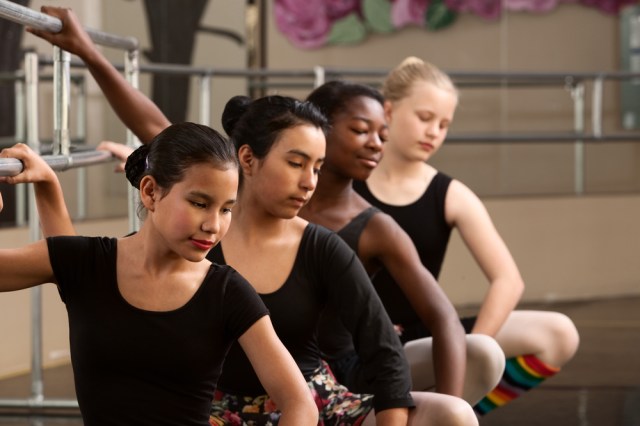When it comes to helping young athletes develop positive body image, coaches and parents are constantly struggling. Fortunately, there are a few simple things to keep in mind when it comes to fostering healthy body image in athletes and following these rules of thumb can help you navigate the murky waters of discussions around body image and sport.
Here, TrueSport Expert and licensed clinical psychologist Dr. Melissa Streno is offering her best tips on how you can actively help athletes develop a healthy body image. (Here’s what NOT to do.)
Focus on what bodies can do, not how they look
In nearly every sport, there are certain ‘ideals’ when it comes to the type of body that can excel in that particular discipline. But what we’re learning now is that every body can be an athletic body, and many athletes who don’t seem ‘built for a sport’ at first glance are actually excelling. As a coach or parent, focus less on if someone “looks like a runner,” says Streno. Instead, focus on how they’re doing in practice and how they’re improving. “Help athletes think about what their body allows them to do,” Streno adds. When offering compliments or advice for improvement, discuss things that they’re doing rather than how their body looks. For instance, a conversation with a cross-country runner could focus on how well that runner is doing in practice and how she’s fueling before and after practice, rather than saying she’s looking ‘lean’ or ‘in running shape.’
Eliminate weigh-ins
Team weigh-ins should be a thing of the past. Streno explains that focusing on weight as a performance metric isn’t just a flawed way of improving performance—it won’t, in the long run—it also can lead to body image issues and negative behaviors. For most sports, weight shouldn’t be a factor at all. The only exception is if there are certain classes of weight for competition, and even then, weight should only be taken ahead of a bout to determine which class the athlete is competing in. “Even in these weight class sports, I’d rather see young athletes having to compete in a higher class as one of the lighter athletes, rather than having that athlete try to drop weight before a meet,” says Streno. If you do have to do weigh-ins because the sport demands it, do them privately, and if at all possible, avoid the athlete seeing the number. This is especially true if they’ve had issues with disordered eating in the past.
TrueSport supports athletes, parents, and coaches. Discover how >
 | About TrueSportTrueSport®, a movement powered by the experience and values of the U.S. Anti-Doping Agency, champions the positive values and life lessons learned through youth sport. TrueSport inspires athletes, coaches, parents, and administrators to change the culture of youth sport through active engagement and thoughtful curriculum based on cornerstone lessons of sportsmanship, character-building, and clean and healthy performance, while also creating leaders across communities through sport. |
For more expert-driven articles and materials, visit TrueSport’s comprehensive library of resources.
This content was reproduced in partnership with TrueSport. Any content copied or reproduced without TrueSport and the U.S. Anti-Doping Agency’s express written permission would be in violation of our copyright, and subject to legal recourse. To learn more or request permission to reproduce content, click here.
Disclaimer
Guest posts are provided by parents, coaches, admins, and athletes. They are a direct view of the author's views and experiences. They are not a direct reflection of NBC Sports Next's mission or beliefs.
